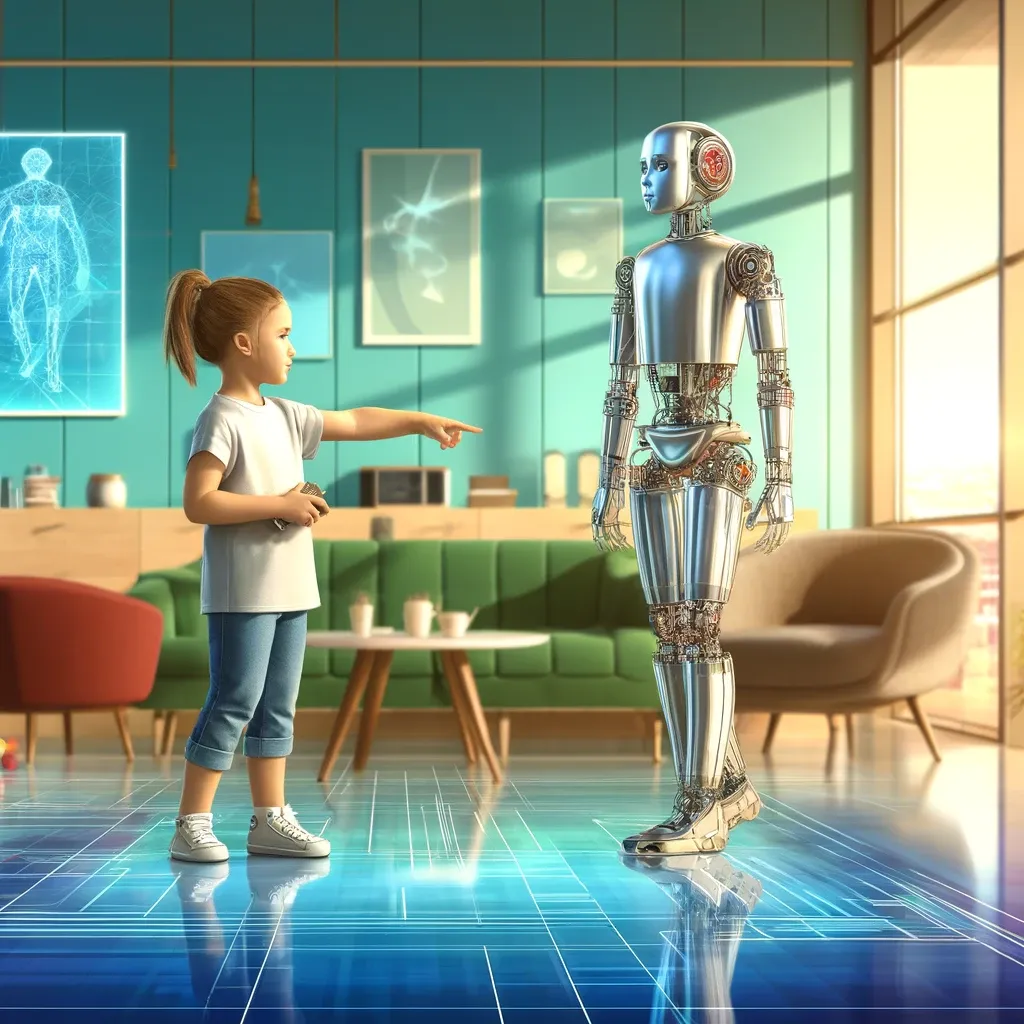Introduction
In the vast expanse of technological advancements, a new frontier is emerging that might redefine how we perceive and interact with machines. This frontier is neuromorphic computing. Inspired by the intricate workings of the human brain, neuromorphic computing promises to bring us closer than ever to creating machines that can learn and think independently.
What is Neuromorphic Computing?
At its core, neuromorphic computing involves designing computer systems whose architectures are based on the neural structures of the human brain. This approach differs fundamentally from traditional computing, where tasks are processed in a linear, sequential manner. Neuromorphic computing, instead, employs a network of interconnected artificial neurons that process information simultaneously and dynamically, mimicking the brain's vast network of synapses and neurons.
The Brain as a Blueprint
The human brain is a marvel of nature, capable of processing complex information at speeds unmatched by any existing computer, all while consuming as little energy as a dim light bulb. Scientists and engineers looked to the brain as a blueprint for creating more efficient computing systems, leading to the development of neuromorphic chips. These chips use circuits that behave like neurons, creating patterns of impulses and reactions that replicate brain-like activity.
Advantages of Neuromorphic Computing
- Efficiency: Neuromorphic chips can operate on a fraction of the power needed for traditional computing, making them ideal for use in mobile devices and other applications where power supply is limited.
- Speed: They can process information from multiple sources simultaneously, drastically reducing the time required for complex computations.
- Learning Capability: Perhaps most significantly, neuromorphic computers can learn from their environment, improving their performance over time without explicit programming.
Real-World Applications
Smart Robotics
Consider a robot designed to assist in household chores. Traditional robots need to be programmed for each specific task, but a neuromorphic robot could learn from observing and interacting with its environment. Over time, it could adapt to its owners' preferences and habits, improving its efficiency and usefulness.
Healthcare
In healthcare, neuromorphic computing could revolutionize diagnostics and patient monitoring. For example, wearable devices equipped with neuromorphic chips could analyze and predict health events from real-time data, alerting users and doctors to potential health issues before they become severe.
Autonomous Vehicles
Neuromorphic computing could significantly enhance the responsiveness and safety of autonomous vehicles. By processing sensory information in real-time, vehicles could make quicker, more informed decisions, much like a human driver.
Challenges and Future Outlook
While the potential of neuromorphic computing is immense, there are challenges to overcome, such as the complexity of designing systems that truly mimic the brain’s functions and the need for new software that can fully utilize their capabilities.
Conclusion
Neuromorphic computing represents not just a shift in technology but a paradigm shift in our approach to computation, blurring the lines between biological and artificial intelligence. As we stand on the brink of this exciting frontier, the potential applications are only limited by our imagination.
By harnessing the principles of the very organ that defines human intelligence, neuromorphic computing offers a glimpse into a future where technology is not just a tool but a partner in our everyday lives.
